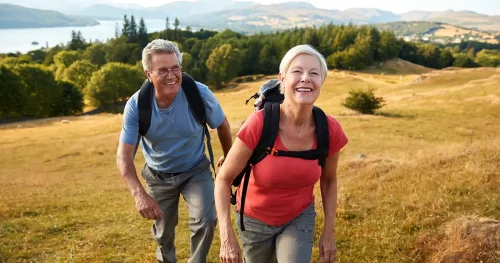If you’re getting into hiking for fitness reasons, you might be wondering if hiking is aerobic or anaerobic.
While aerobic exercise is excellent for your heart, anaerobic exercise is good for building muscle. So how does hiking fit into this, and what are the general health benefits?
Table of Contents
Is Hiking Aerobic or Anaerobic?
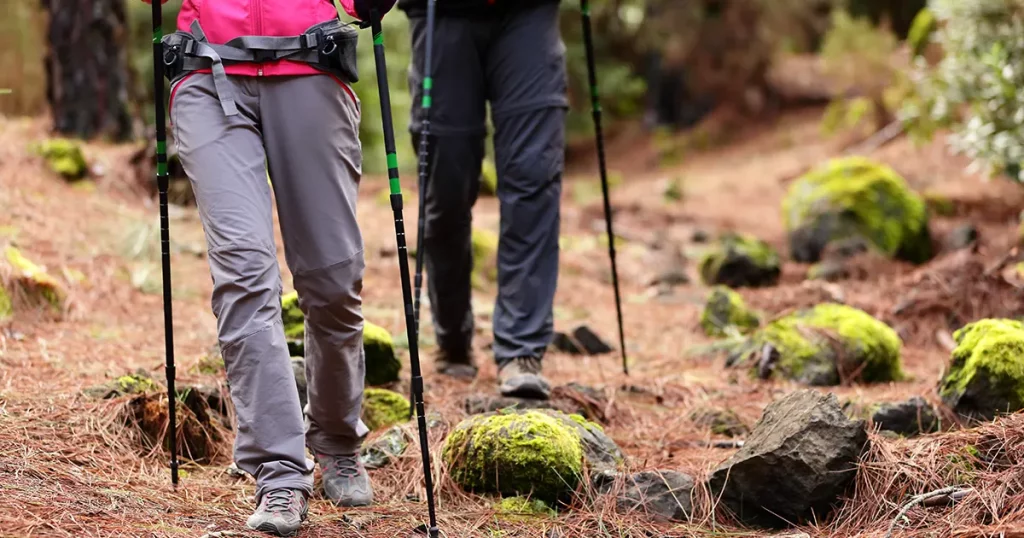
The quick answer is this: hiking is both aerobic and anaerobic, making it an excellent form of exercise for both your heart health and for strengthening your muscles. This is really useful, as it means you can combine both types of exercise in one.
What is Aerobic Exercise?
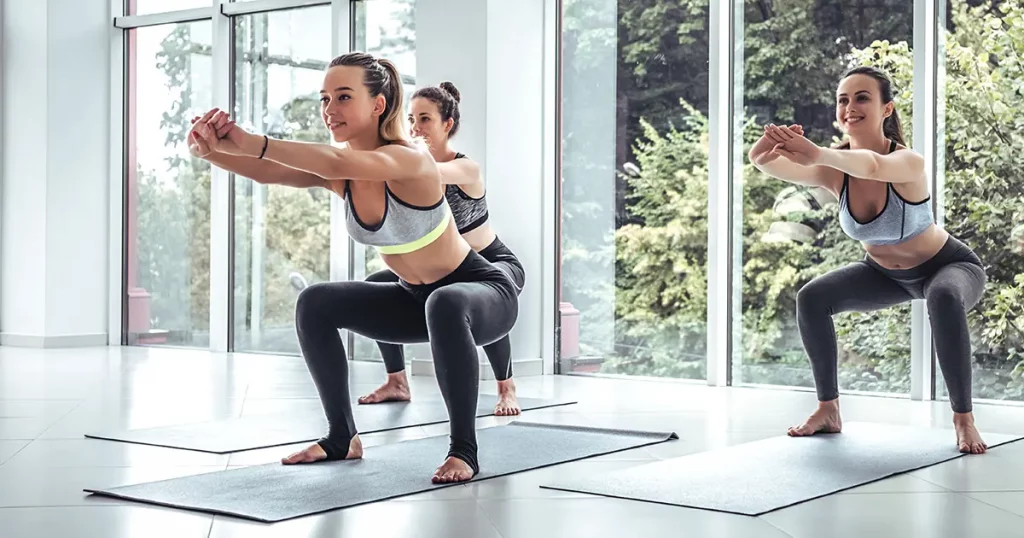
Aerobic exercise means ‘with oxygen’, meaning your breathing and heart rate will increase during the activity. This is important for many reasons.
It can:
- Help you to lose weight, or to maintain your current weight
- Boost your immune system
- Increase your fitness levels
- Manage conditions like high blood pressure
- Strengthen your heart and keep your arteries clear
- Reduce the risks of obesity, heart disease, strokes, and certain types of cancer
- Improve your mood
Hiking is mostly aerobic. The act of briskly walking or climbing will increase your heart rate, and that is excellent for your health. The more you get into hiking, the more your stamina will improve, which means you’ll start to find it easier as you go along. This will enable you to take on more challenges as you go along.
What is Anaerobic Exercise?
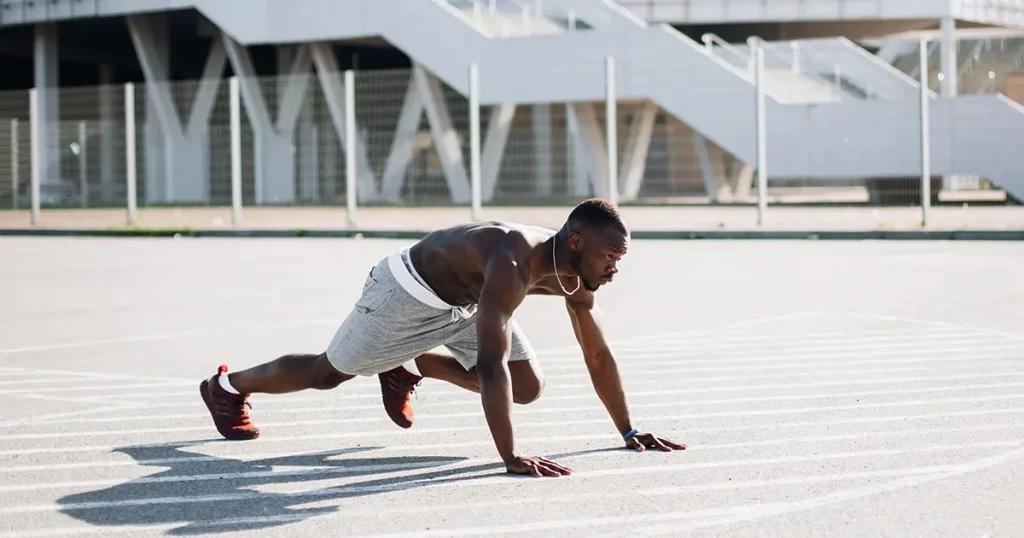
However, hiking is also anaerobic. This means ‘without oxygen’. Usually, anaerobic exercise involves fast exercises of quite a high intensity, which breaks down glucose in your muscles for energy. This is excellent for strengthening your muscles.
Hiking is anaerobic too. It is incredible for increasing the strength in your legs, especially if you’re hiking on steeper trails. If you’ve ever felt the burn in your calves after a hike, you’ll know what we’re talking about! It takes a lot of strength in your muscles to manage steeper hikes.
You can increase the anaerobic side of hiking by choosing steep trails. Each step on a steep trail creates a similar action in your legs as a one-legged squat.
Are There Any Health Risks for Hiking?
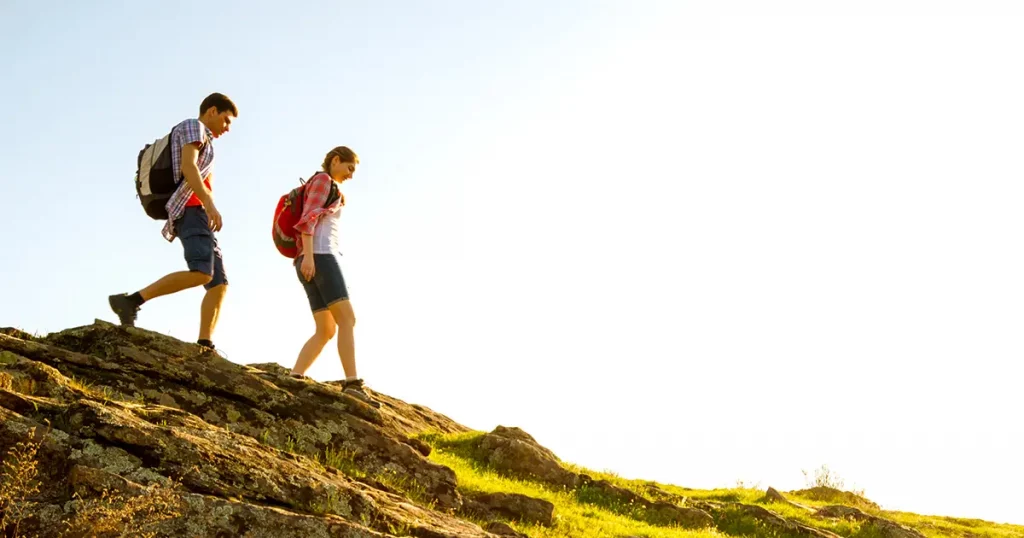
What about health risks?
With any form of new exercise, it’s a good idea to pace yourself. Start by tackling lighter trails, and then work your way up to bigger challenges, as your strength increases. We would recommend visiting your doctor before you start hiking if you have any pre-existing conditions, like heart conditions or high blood pressure.
The main consideration about hiking is the risk that comes from being out in the open, especially if you’re tackling wilder trails. You can mitigate some of these risks by following some basic safety tips.
For example, you can try:
- Hiking in groups
- Thoroughly researching each trail, including the wildlife you may encounter
- Bring a large water bottle to keep you hydrated on the trail
- Using sunscreen and insect repellent as required
- Taking a phone in case of emergencies
If you can build up your strength slowly and steadily, hiking should bring you a whole host of benefits, and as long as you take some measures to prevent the risks mentioned above, you should find it to be a rewarding, and addictive, hobby.
Frequently Asked Questions (FAQs)
Before you go, here are some frequently asked questions about hiking:
FAQ #1 – Is hiking a sport?
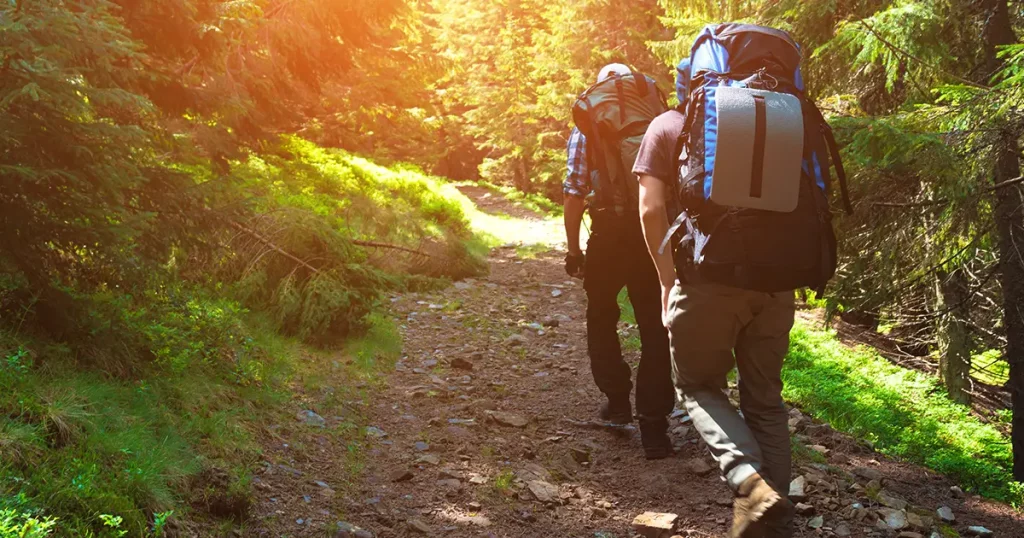
The jury’s out on this one, although many people believe hiking doesn’t technically count as a sport, as it doesn’t involve any competitive elements. Others believe any type of exercise counts as a sport.
You can read more in our guide: Is Hiking a Sport? Our Definitive Answer.
FAQ #2 – Is hiking good for mental health?
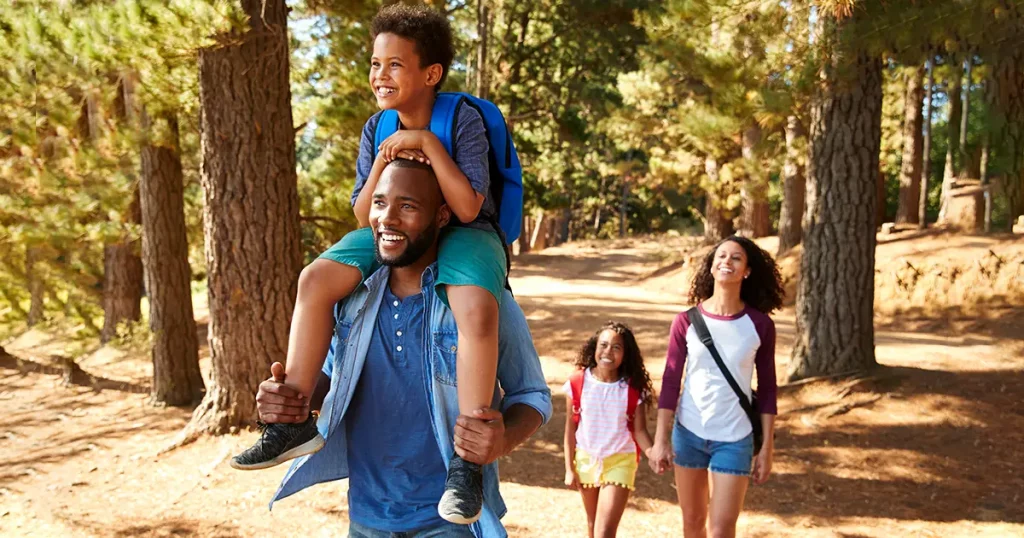
Doctors believe that hiking changes our brains for the better. It can help to reduce the amount of time we spent ruminating on negative thoughts, it can disconnect us from technology to gain some peace of mind, it can boost our brainpower, and it can increase happy endorphins.
FAQ #3 – Can I hike in sandals?
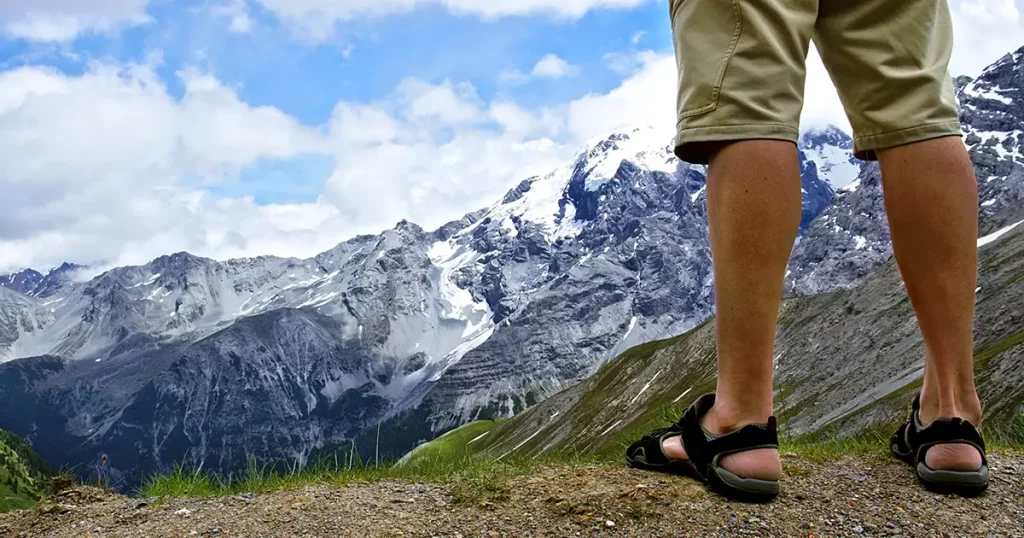
Yes, you can hike in walking sandals in good weather, if you’d rather not wear hiking shoes. We would recommend picking sandals that are designed for hiking, as they have better grip, which is really important. You can read more in our guide to the best sandals for hiking and the best water sandals for hiking.
We would recommend something like the Chaco Men's Sandal which is both comfortable and supportive.
FAQ #4 – How can I rest properly after a hike?
Make sure that you drink plenty of water, both during and after your hike. You should also consider doing stretches before and after your hike to help your muscles recover.
To Sum Up …
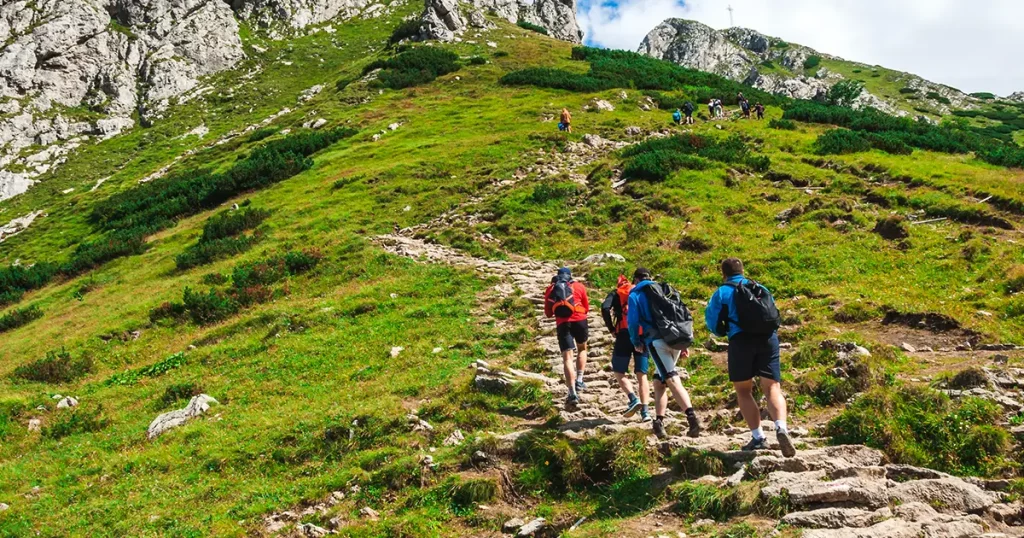
We hope this has helped you to figure out the aerobic and anaerobic benefits of hiking. Hiking is great for your health in so many ways, so it’s well worth diving into if you want to improve your general fitness.
If you’re already an experienced hiker, let us know your thoughts: what did you find difficult at first?
What hints and tips do you wish you knew before you got started?
